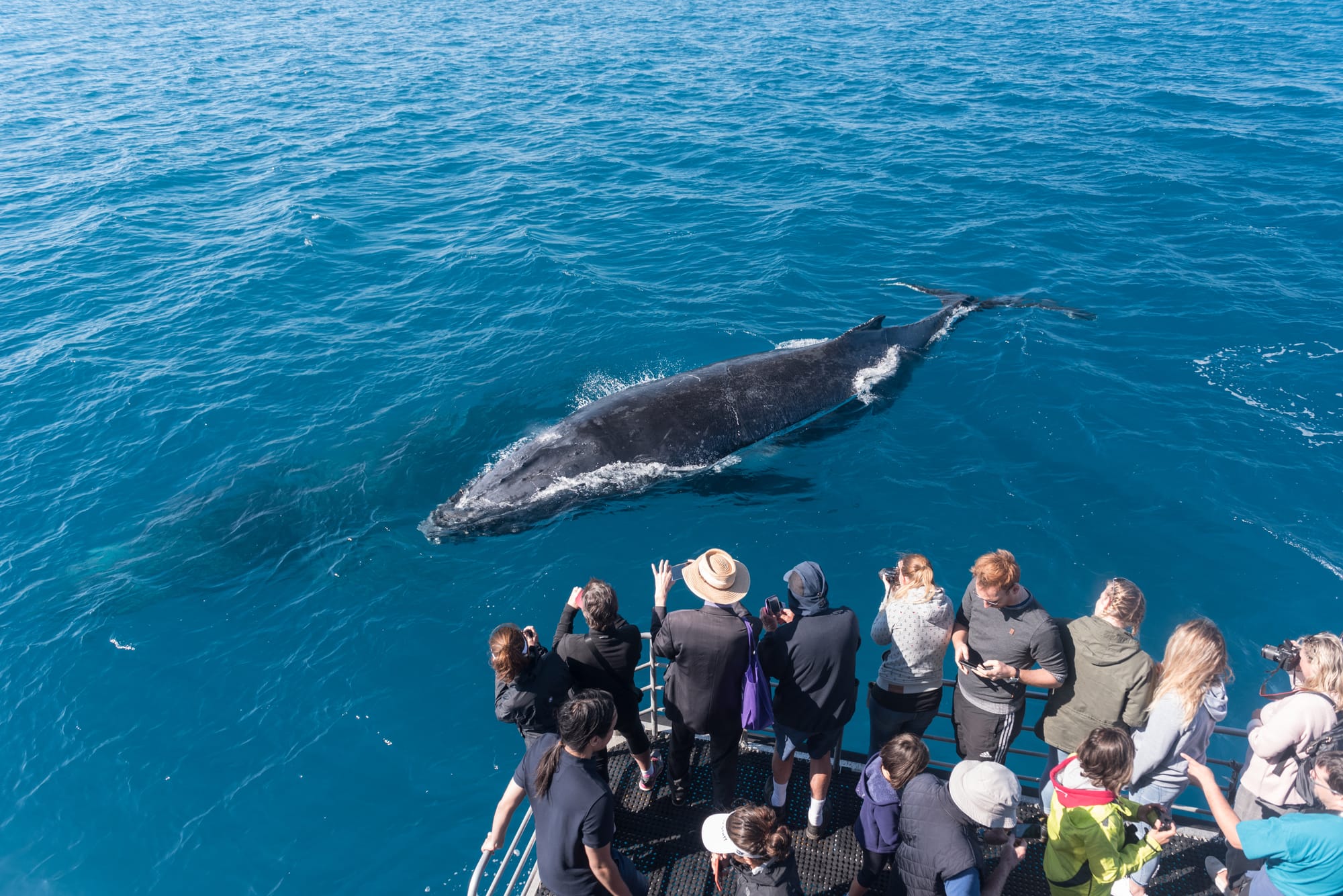Humpback whale bounce back ‘Remarkable’

THE POPULATION of humpback whales along Australia’s east coast has reached a “remarkable” milestone, with preliminary estimates suggesting more than 50,000 whales were present by 2024.
Research led by University of the Sunshine Coast Adjunct Fellow Dr Wally Franklin and Dr Lyndon Brooks indicates that the population has continued to grow at a consistently high rate since the last major estimate in 2015.
Dr Brooks described the recovery as “remarkable,” noting that growth has remained strong, only slightly slower than the rapid increases recorded prior to 2015.
Dr Franklin and Dr Brooks plan to submit their research for peer review and present their findings to the International Whaling Commission Scientific Committee.
Their estimates have also been provided to the Federal Department of Climate Change, Energy, the Environment and Water.
The researchers calculated annual population size and growth rates using a modified capture-recapture model and photo data collected through the Citizen Science platform https://happywhale.com/home
The platform employs a pattern-matching algorithm to identify individual whales by their unique tail flukes.
“The availability of photo data on Happywhale stretches all the way back to 1984 and includes high-quality tail fluke images from over 15,000 individual whales,” Dr Brooks said.
Dr Franklin highlighted the critical role citizen scientists played in the research. “When whaling ceased in the 1960s, there were estimated to be as few as 150 humpbacks left on the east coast,” he said.
“Now, we have data spanning the full length of the coastline, from Queensland down to Tasmania, covering thousands of individual whales.”
He added that 683 contributors – including researchers, tourism operators, and members of the public – uploaded photos that were incorporated into the dataset. “We want to thank each of them for the crucial part they’ve played in this work.
Citizen scientists using resources like Happywhale are helping ensure this research continues.”
The findings, while preliminary, offer an encouraging sign for the conservation of one of Australia’s most iconic marine species.
As Dr Brooks says, the east coast humpback population is now a powerful example of how protection and public involvement can deliver extraordinary results.






